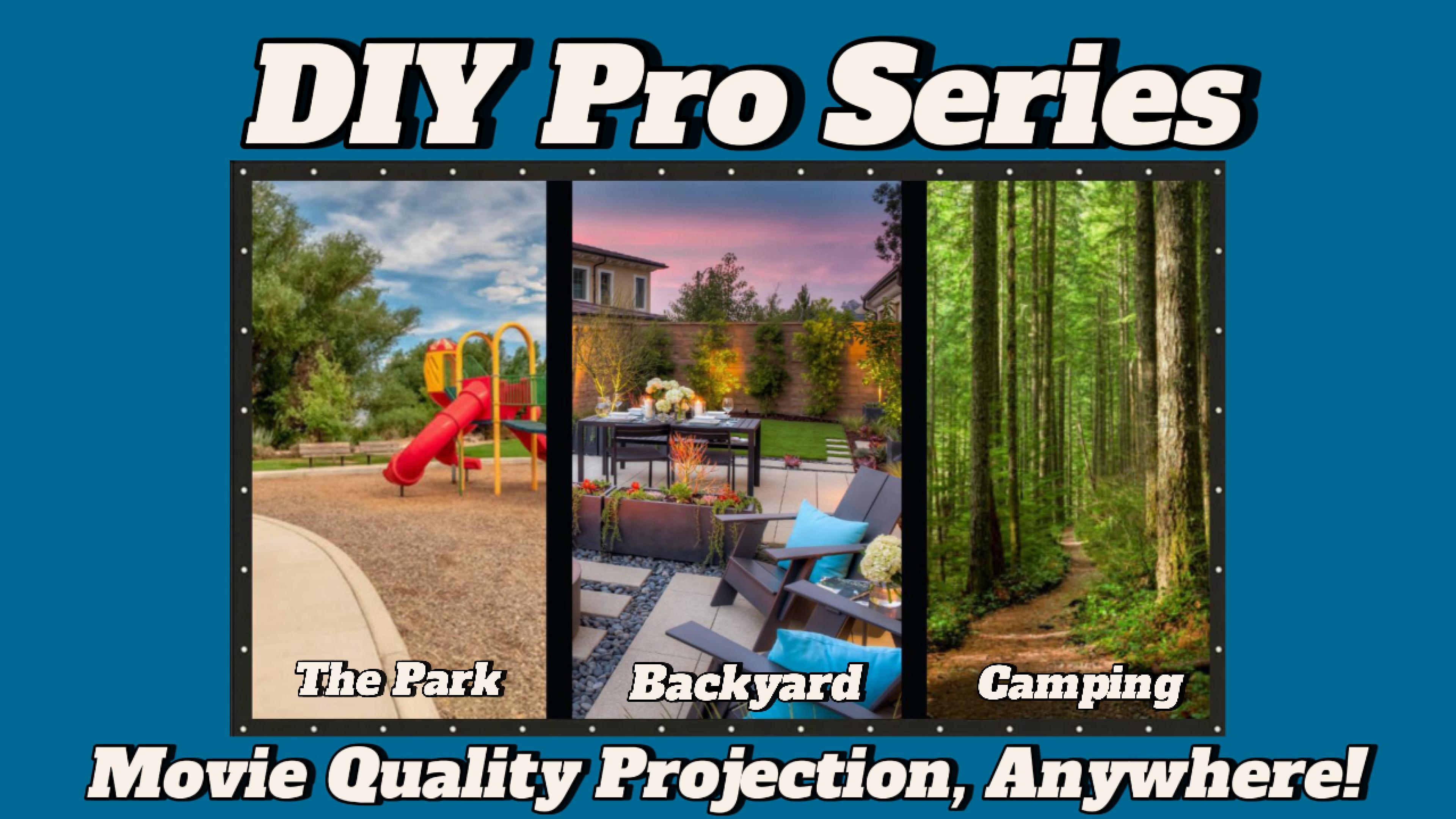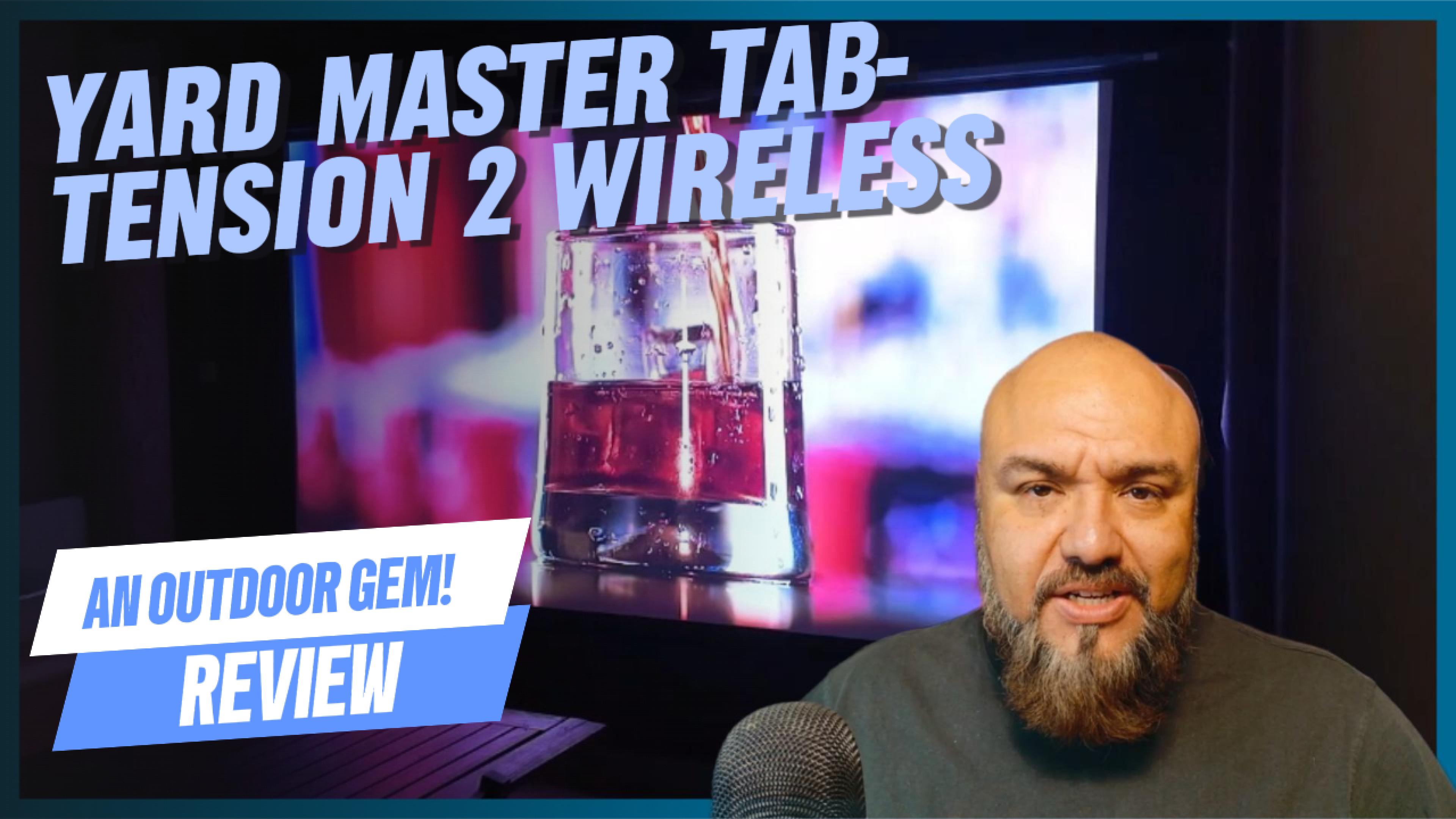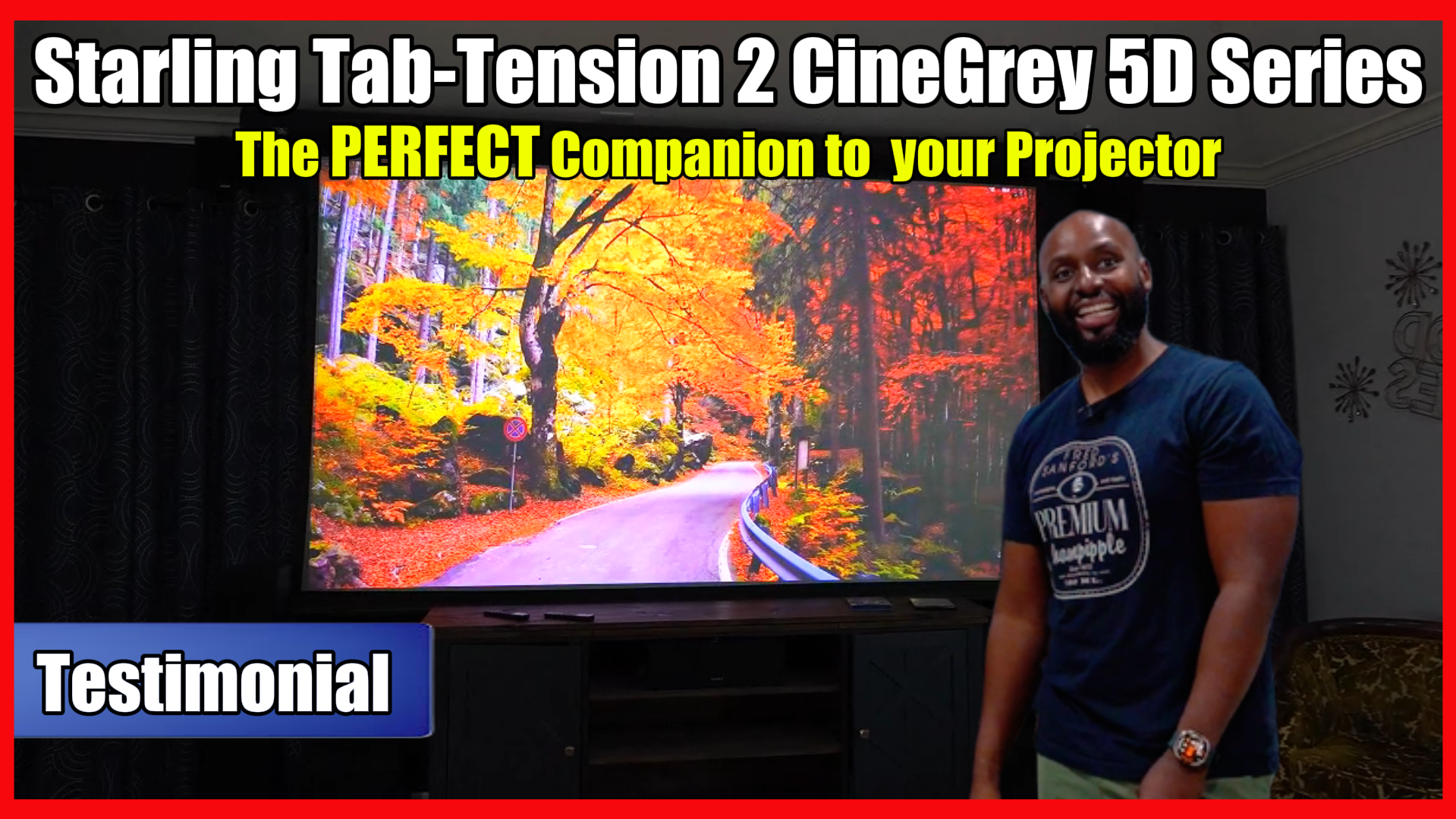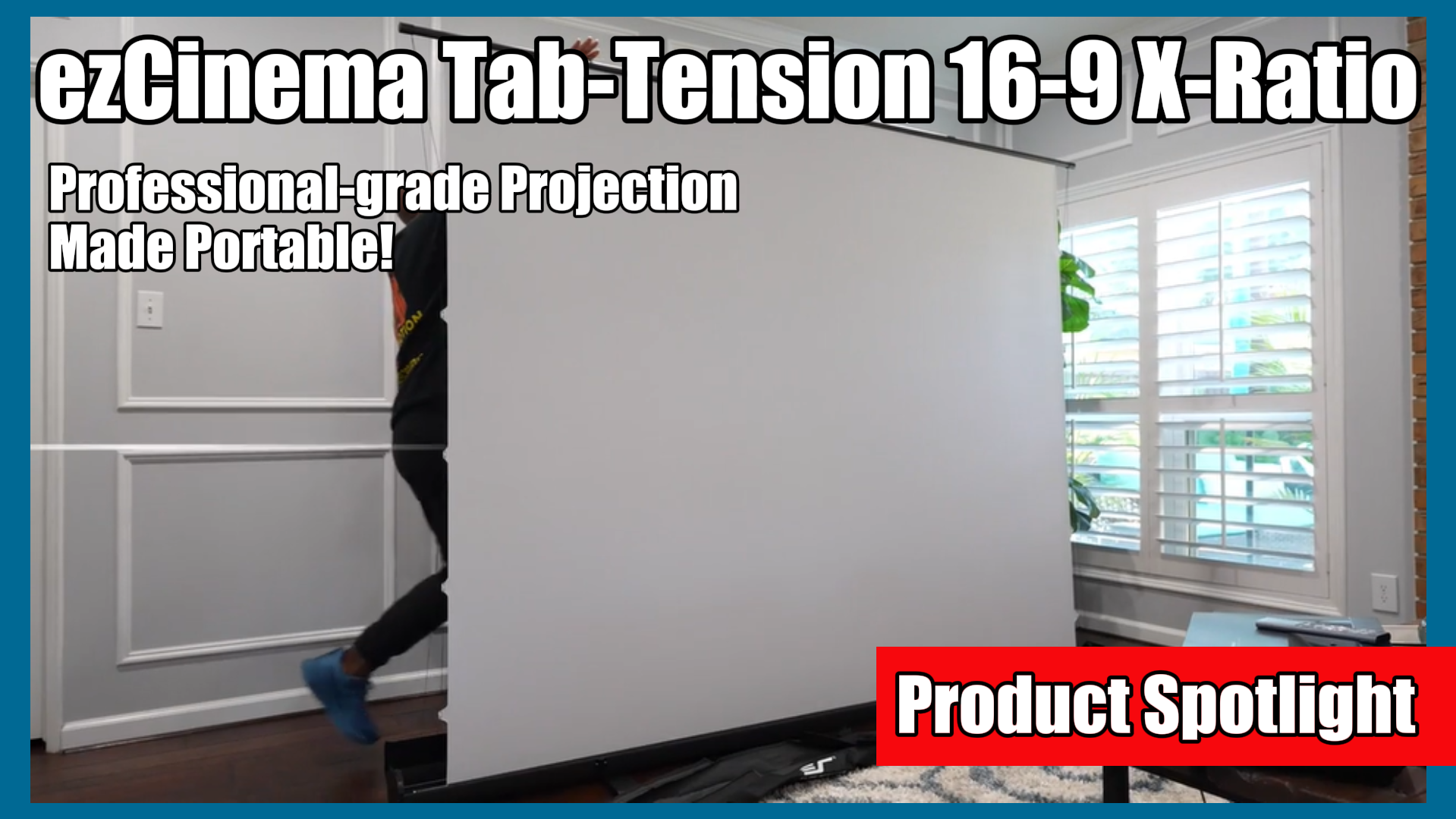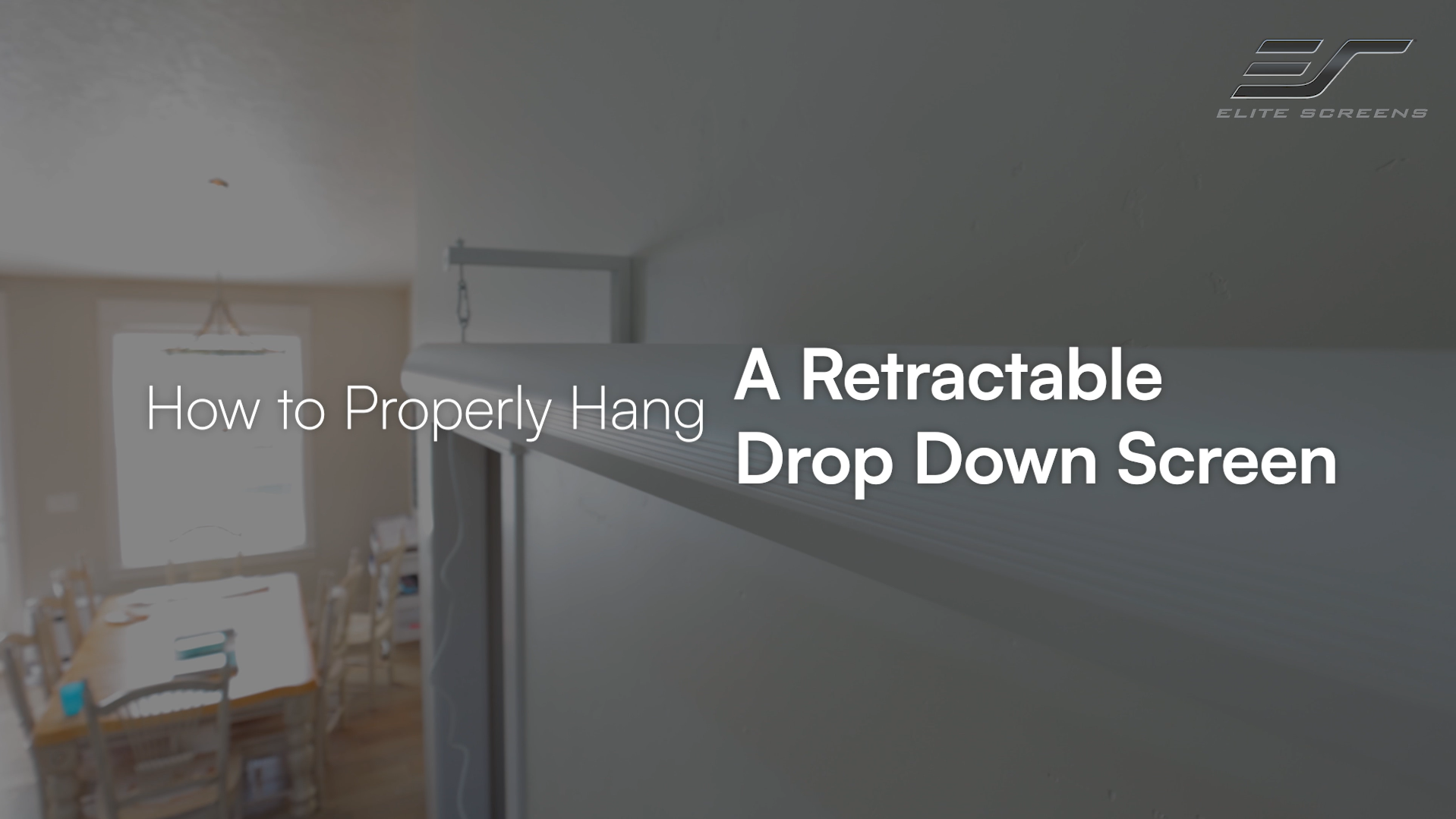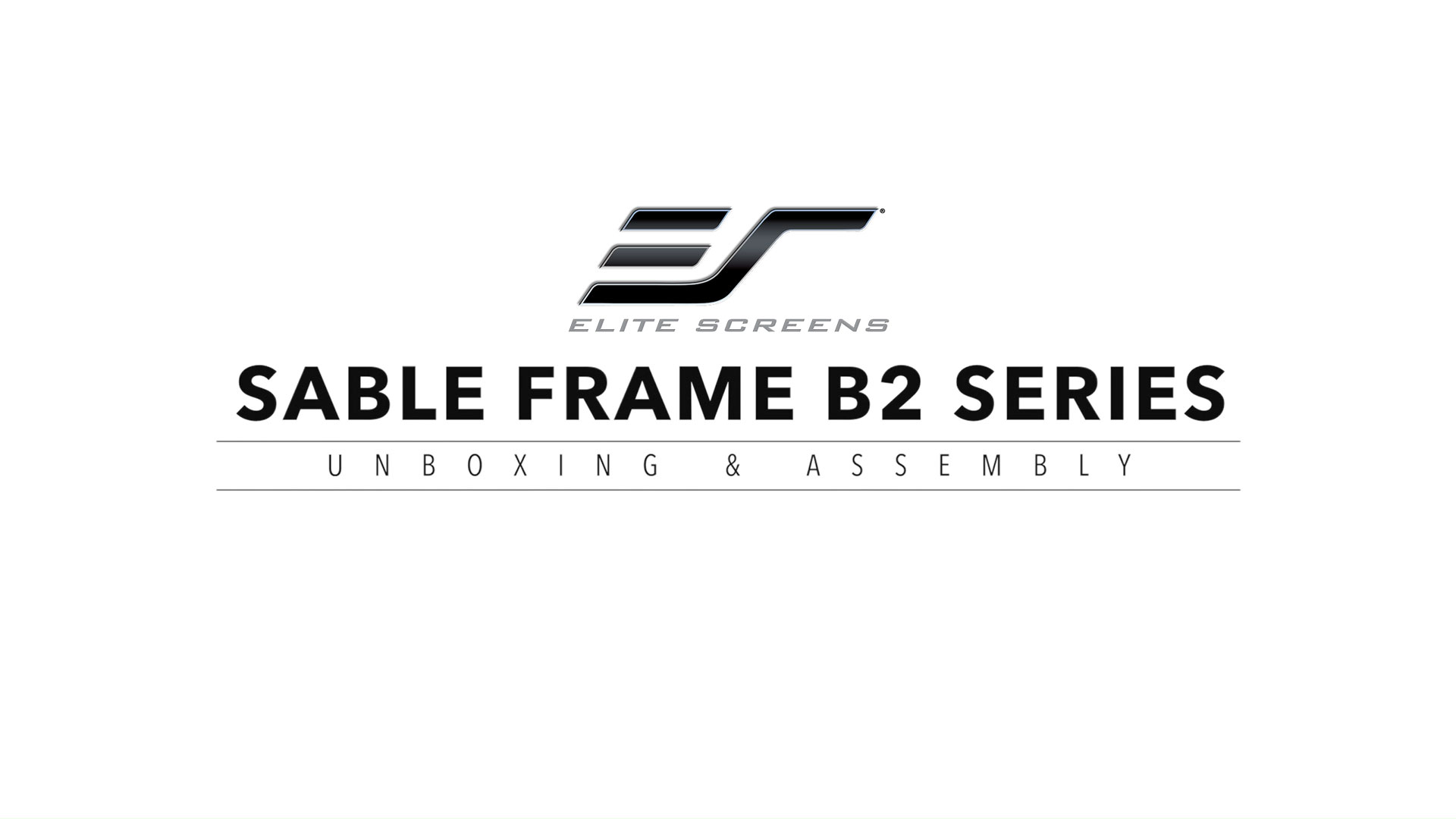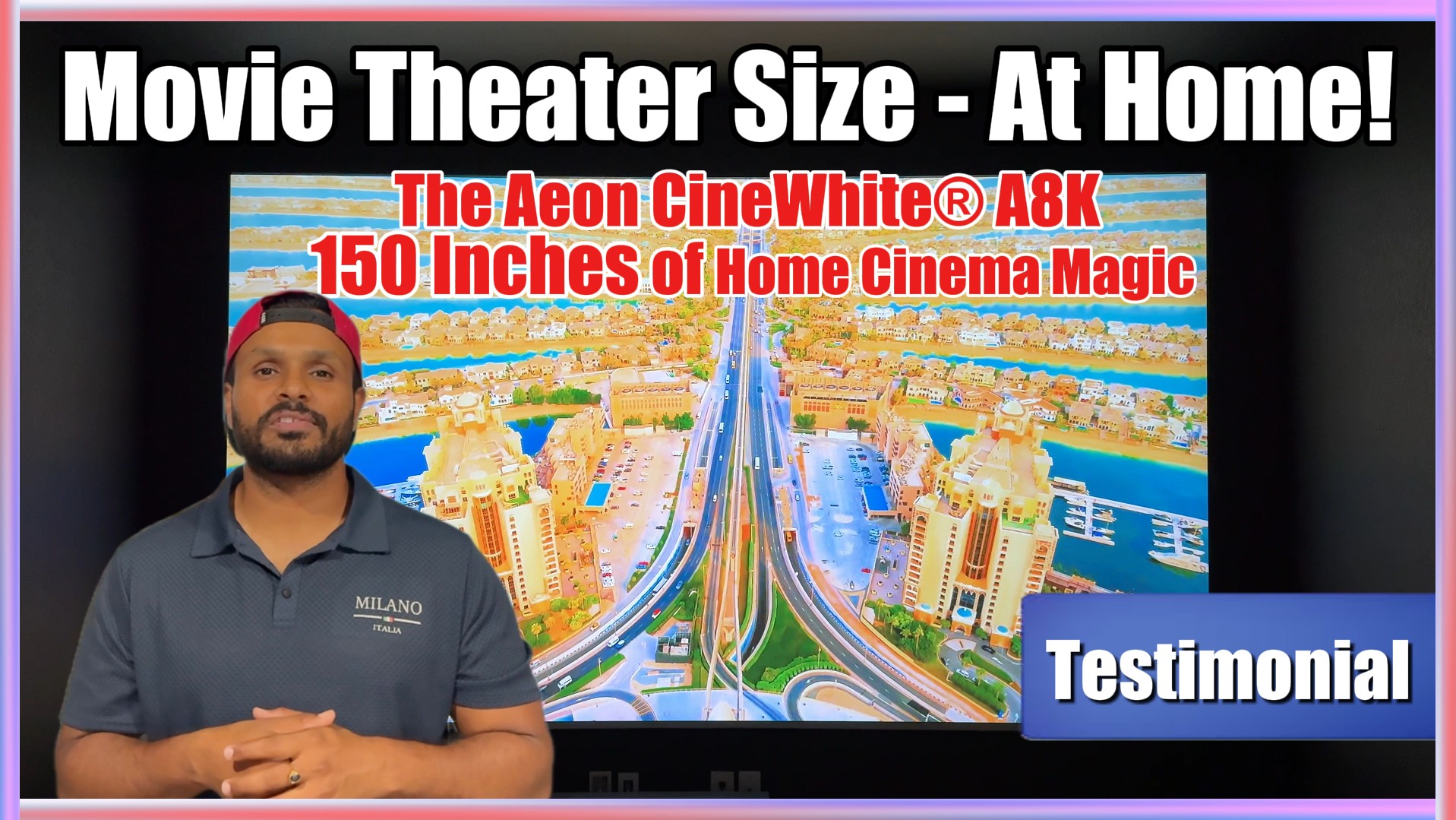A: Before using the dry-erase function of your whiteboard screen, please make note of the following instructions to properly maintain and clean your dry-erase surface projection screen. (These Whiteboard cleaning tips are just as relevant with any dry-erase writing surface as they are with our Whiteboard-Projection Screens.)
- Only use a high density foam eraser when removing dry-erase markings from the Whiteboard screen.
- Do not use abrasive erasers as these may scratch the surface of the screen.
- Never spray the whiteboard cleaner solution onto the surface while marker writing is present and then attempt to use a high density foam eraser to remove. This will only smear the dry-erase marker ink making the surface more difficult to clean and will likely ruin the foam eraser.
- If there are any dry-erase markings left behind even after attempting to remove them using our high density erasers, spray our whiteboard cleaning solution directly onto the screen surface and use only a soft microfiber cloth to wipe-down and clean the area.
For a video demonstration
A: Elite Screens recommends using our dy-erase markers. Additional markers can be purchased in a set, part number ZER3. Any other regular low-odor dry-erase markers brands such as EXPO are also ok to use.
A: The ALR WhiteBoardScreen™ Series only works with standard throw projectors due to the angular reflective surface. When placed at the angle suggested in the User Guide (angles for desktop projector mode or overhead projector mode are listed in the User Guide), the StarBright™ 4 provides a high 4.0 gain by rejecting ambient light at the projection surface to boost the overall picture quality. For short-throw projectors, Elite Screens WhiteBoardScreen™ Universal is the solution. Elite’s WhiteBoardScreen™ Universal Series with VersaWhite material is designed to work with both short-throw and standard throw projectors.
A: Elite Screens recommends purchasing the high-density (soft-foam) whiteboard erasers from us since the dry-erase projection screen surface is unique and can only be properly erased with our erasers. Elite offers a 2pc. set of our erasers, please click here for more information. Alternative whiteboard erasers can be purchased by makers such as 3M. Please click here for more information on 3M whiteboard eraser products.
A: After market dry-erase markers/pens and the cleaning solution can be used on Elite’s whiteboard projection screens products. We also have a starter kit available for purchase, please click HERE for more details.
A: The StarBright™ 4 high gain screen material is angular reflective.
A: Yes, it is normal to see slight “hot-spotting” if the viewer is outside of the viewing cone angle.
A: There are two versions of Elite’s White board Projection screens. The WhiteBoardScreen™ is the high-gain grey (Starbright™ 4) version. The WhiteBoardScreen™ Universal is the matte white (VersaWhite) model. The grey surfaced variant is for presentation environments with high levels of ambient/incident light. It uses our StarBright™ 4 material which has a 4-gain (4x more reflective than matte white.) surface. The purpose for this is that it will provide a bright image even when the lights are on. The advantage of these grey (Starbright™ 4) variants is that it has superior contrast and brightness. The drawback is that the Starbright™ 4 material has a narrow ½ gain cone. In order to be brighter than a standard matte white, the reflected light must be concentrated into an angular reflective “viewing cone”. This means that the reflection will be bright and crisp to those seated directly in front of it. Those seated too far to the side however, will see a milky washed out image or an image with uneven levels of brightness. Although the matte white (VersaWhite, 1.1gain) material is not nearly as bright as the Starbright™ 4, it has wide diffusion uniformity. This means that regardless of any angle one views this screen from, it will always have an equal amount of brightness. This gives the matte white variant an advantage in versatility because the viewers can spread out as opposed to being seated in-line like in a church or public meeting hall. The disadvantage of the matte white is that its image will get washed out by ambient light if there is neither a projector with a strong output (lumens) used and/or limited control over the room’s ambient lighting.
A: Here is the full list of model numbers for the ALR WhiteBoardScreen™ Series: WB60V, WB80V, WB96H
A: Either screen will fully erase even the residual markings as long as our specialized whiteboard eraser is used. Both versions of the whiteboard screen are surfaced in a scratch-resistant optical nanotech resin that enables them to perform their dual-role. This surface allows either screen to be matte enough for a projected image without hot-spotting, but smooth enough to erase pen strokes. Because of the unique texture in its design, a regular store-bought whiteboard eraser will work but it may not completely clear away the residual markings. However, the grey surface of the Starbright™ 4 material does made difference to readily identify any residual markings over the bright white surface of the “white” WhiteboardScreen™ Universal.
A: Yes, both screen variants, the high gain WhiteBoardScreen™ and matte white WhiteBoardScreen™ Universal use a series of reflective and diffusion layers that are surfaced by Elite’s scratch-resistant optical nanotech resin. This creates a superior image that is free from the kinds of visual artifacts created by projecting directly onto a regular projection screen
A: For best results we strongly recommend using only Elite Screens whiteboard erasers and markers since the material is a unique dual projection and dry-erase surface. Please see Elite’s whiteboard projection screen starter kit HERE
Projections can be Obscured
Projections can be obscured by people sitting in front of the projection source. Direct presentation screens, although more expensive, feed the presentation directly from the source-such as a laptop or desktop computer-into the screen, with no projection required.
A: Although direct presentation screens are great products, they come at an exponentially high cost when compared to whiteboard projection screens. This means it is unrealistic for most organizations to acquire them in any significant number. This next-generation product has been widely available to the general consumer for about the last 5-years and recent competition between the various projector manufacturers has led to great strides in its refinement as well as plummeting sales prices. Today, they are widely available to the general consumer at prices comparable to that of standard projectors.
Storage Space
Whiteboard projection screens require a lot of storage space or take up a lot of wall space if mounted on a wall. Pull-down projection screens, which mount in an extremely small space on the wall, take a lot less storage space.
A: Taking up wall space is a moot point since virtually all conference rooms, training facilities and classrooms already have open space allocated for the purpose of large format presentations with either a wall or free-standing mount. A good whiteboard-projection screen is made for the purpose of taking up as much or as little space as needed per the requirements of the training facility staff. Elite’s lines of Versawhite (“whiteboard” projection screen) material is made as either a wall covering (Insta-DE, Insta-DE2 & Insta-DEM) or as a hard-backed magnetic whiteboard/projection screen (WhiteBoardScreen™ Universal). A big selling point to Elite’s whiteboard/projection screen products is its space-saving dual-purpose design. This has made the Versawhite material sought after by educators who actually see the “pull-down” or “roll-up” projection screens an superfluous.
Sizing Issues and Setup
Fixed-size screens that don’t roll down from a wall often don’t match up to the height of the projection. They are frequently too high or too short, and the projection source has to be adjusted to accommodate the screen. Pull-down screens can be mounted high on the wall and can be sized big enough to pull all the way to the floor, saving time when setting up the projection.
A: Although the variable height settings of “pull-down” projection screens are convenient, most integrators naturally install the overhead projectors to align perfectly with the presentation board since it is already set at the ideal ocular viewing level for the class. Whiteboard projection screens are designed to replace this writing surface entirely or cover it completely. Either way, the screen is certainly going to be perfectly aligned with how the projector was properly installed. Pull-down screens work great with tabletop-standing projectors, but manual adjusting for a perfectly formatted image will need to be done regardless of whatever projection screen is used.
Damage to the Screen
If a whiteboard projection screen is set up permanently, people can be tempted to draw on it, particularly in a school setting with young children. Drawings done in many types of ink are extremely difficult to clean off. Roll-down screens can be set at a height that limits access.
A: Although sharp edges and non-“dry erase” pens can inflict irreparable damage to a whiteboard, they can do just as much damage to a regular hanging projection screen. Actually, a whiteboard projection screen is much more durable than a standard projection screen is. One method to repair such a mishap comes in the form of Elite’s various pliable Versawhite materials which can be used to cover over damaged areas or the damage can be removed and replaced altogether. If something like this happens to a pull-down projection screen, the only option is to buy another one.
Health Dangers
Many health officials have protested the use of whiteboard projection screens in schools, claiming that the projection beam can damage students’ retinas. Some students and teachers have reported feeling dizzy or dazed after looking at the projection beam or board. Direct presentation screens, which don’t require a projector, minimize the potential danger.
A: Here, the whiteboard presents a clear advantage. First of all, regular whiteboards are not designed to handle projection and produce glaring “hotspots” that can be harmful to the human eye over a prolonged period of time. The Versawhite (whiteboard/projection screen) material creates uniform diffusion so that the image is as soothing to the eyes as it would be on a regular theater screen. Second of all, when not in use for projected presentations, the Versawhite material is a fully functional whiteboard writing surface. Lastly, all of Elite’s Versawhite whiteboard/projection screens are GREENGUARD certified to not produce harmful indoor emissions that can be created by the synthetic compounds which regular projection screens and even whiteboards may be made of. Elite’s products carry both the standard GREENGUARD and the GREENGUARD Children & Schools certificates for indoor air quality. This means that Elite’s whiteboard-projection is not only a more effective solution but it is focused on preserving the health and safety of students and trainees as well.
